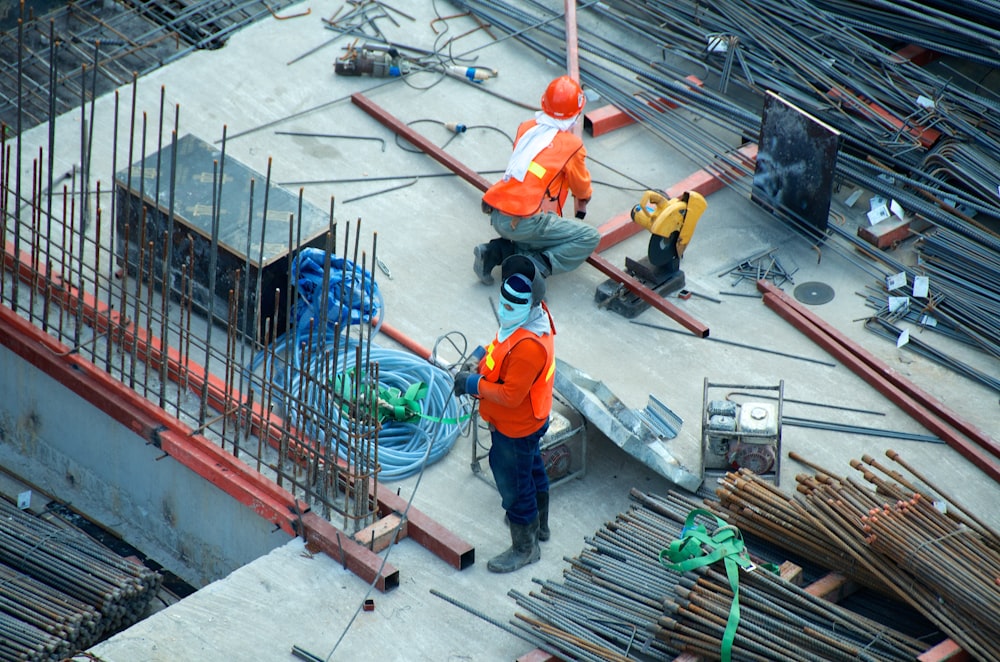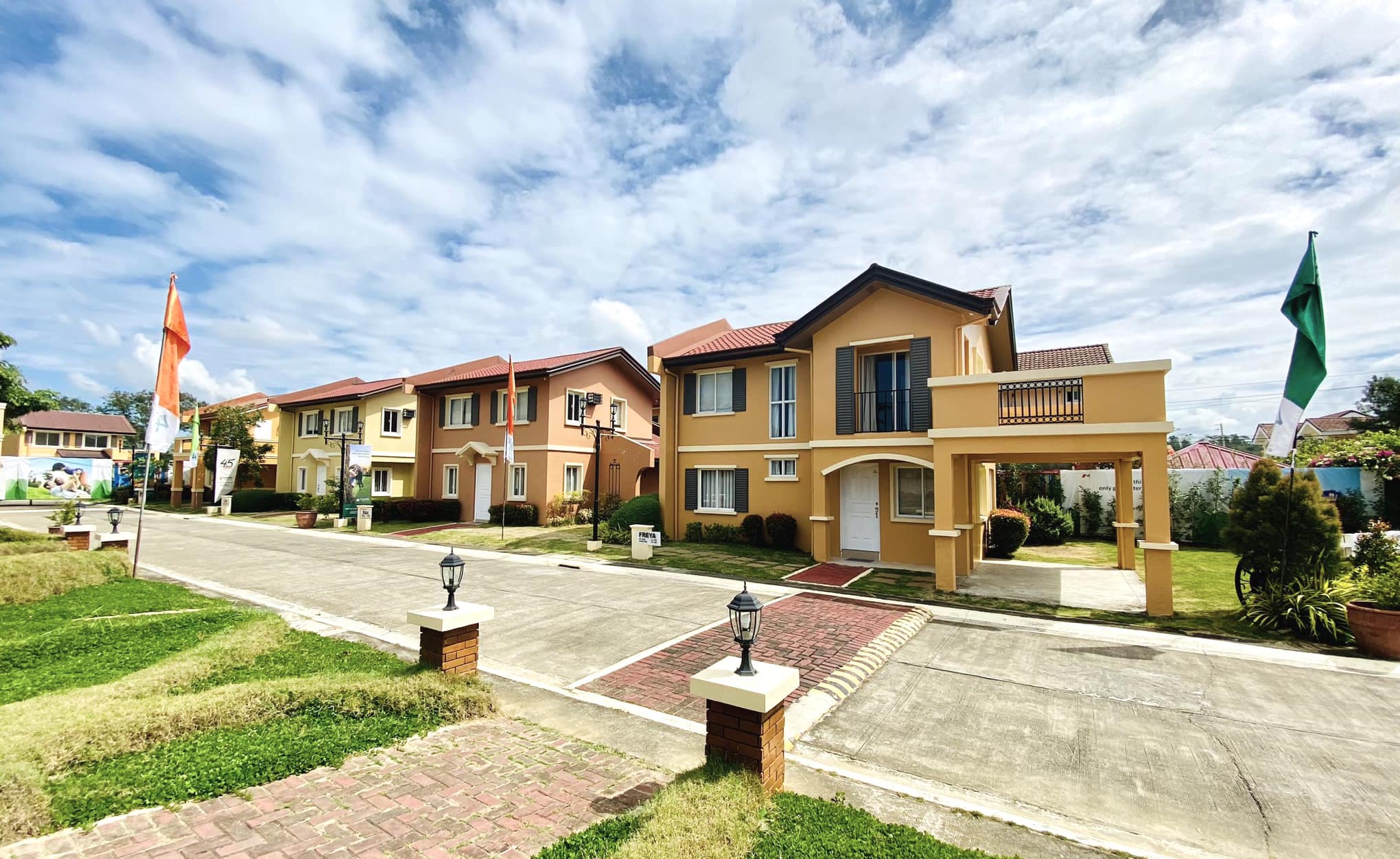
Simplifying Homebuilding Approvals: What You Need to Know
You finally have your funds, your ideal plan, and the time to build your dream home. You are now ready to move your housing project. However, there is just one roadblock—your building permit.
Permits are stressful but essential requirements in property-building. In the Philippines, one is required from individuals and corporations for the construction, renovation, alteration, or remodeling of a property. This also applies even to minor residential remodels.
Though they may seem inconvenient, these permits are for everybody’s safety. As a country prone to many natural disasters such as earthquakes, strong typhoons, and volcanic eruptions, permits in the Philippines ensure safety compliance.
However, slow movement in the permitting process could also be a major setback and provides barriers to seeing your housing projects come to life. With a focus on large-scale developers, it may cause delays in the construction and turnover of many housing projects by major housing developers and increase construction costs in the process.
Sluggish permit processing is also not limited to housing developers as it also affects the speed of development in other industries.
What is the permit application process?
Applying for a building permit in the Philippines generally requires various documents that may include legal documents, clearances, technical documents, and other supplemental documents. Moreover, by law, the Department of the Building Official also requires the following main documents for submission:
Proof of ownership of the property
Application forms for building, electrical, and fire permits
Complete detailed plan
The requirements may vary per location as they must also be subject to further consultation and the approval of various metropolitan and regional planning agencies.
Once the checklist of requirements is complete, applicants may submit them to the city or local Office of the Building Official.
The office will then check the applicant’s compliance with the National Building Code, Fire Code, and Local Building Code. If complete, the office will release an acknowledgment slip and an order of payment within ten working days. The applicant may only get their permit once they submit proof of payment.
Given the amount of documents and the length of time it takes to approve a permit, it will be helpful if government agencies involved will streamline their processes to hasten the issuance. As an example, a concurrent review by various departments and jurisdictions can speed up the approval process.
Who should file a building permit application?
In the Philippines, the owner of the lot where the construction will take place should file the permit application to the Office of the Building Official. For firms and corporations, it should be noted that the company’s authorized representatives apply for the permit.
This may be the organization’s project manager, engineer, or architect. The same rules apply to large-scale real estate developers.
Individuals who are planning major constructions are not exempt from permits. It is especially necessary for sizeable upgrades such as new constructions or adding house levels.
However, minor constructions of sheds, greenhouses, and or playhouses as well as minor residential remodels, that are under six square meters generally do not need any permit. The same also applies to repair works in the property that does alter the structure of the building.
A more streamlined permitting process
Given the backlogs and the urgency of permits, the Department of Trade and Industry (DTI) has recently addressed the problem and vowed to make efforts to expedite license and permit processing for the property sector.
DTI, among other government agencies, has promised to shorten the timelines for processing and speed up pending housing developments in the country. The streamlined permitting process would also usher in the faster construction of many mass housing projects and provide more Filipino families with homes.

This strategy is in line with the Chamber of Real Estate and Builders’ Association’s five-point agenda that promises to deliver 500,000 home units each year for the next two decades.
The new permitting process proposed by DTI is indeed promising and has several significant implications for many sectors and the economy in general.
Advantages of a streamlined permit processing
A streamlined permit processing system in the Philippine property sector can offer several advantages, contributing to the growth and development of the real estate industry and the economy at large. Some examples of the key benefits are as follows:
Efficiency and Time Savings
Streamlining permit processing saves time when acquiring necessary permits and approvals. As a result, it also speeds up the entire development process. This means quicker project completion and faster return on investments for individuals, firms, and corporations.
Cost Reduction
Simplifying permit processing also saves the costs that come with acquiring permits and complying with regulatory requirements. This cost reduction can make property development more financially feasible and attractive to investors, fostering increased activity in the sector and contributing to economic growth.
Increased Investment and Development
A streamlined permit process can encourage both local and foreign investment in the property sector. With a more efficient and transparent system in place, investors are more likely to invest their money in the Philippines. As a result, this leads to an increase in property development projects, job creation, and economic activity.
Transparency and Accountability
An efficient permit processing system reduces corruption and enhances transparency, for example, especially in the property sector. Making the process clear, straightforward, and accessible to all minimizes the opportunities for bribery and under-the-table dealings. This results in a more accountable and transparent business environment.
Improved Regulatory Compliance
Simplifying the permit application and review process also encourages applicants to adhere to regulatory standards and codes. With clear guidelines and processes, developers and property owners are more motivated to comply with regulations.
Boost to Infrastructure Development
A more streamlined permit process can facilitate and address the increase in infrastructure development initiatives. This includes the development of essential infrastructure projects, such as roads, bridges, and utilities, which are vital for overall growth and development.
In the Philippines, the real estate and property sector contributed up an estimated 8.2% to the economy within the first two quarters of the year. This translates to jobs for nearly five million Filipinos, or around 10% of the labor force.
Enhanced Competitiveness
Simplifying the permitting process is one of the many ways the government can act to make the Philippines more competitive in the global real estate market. It attracts foreign investors and developers and positions the country as a favorable property destination in the region.
Skip the tedious permit processing
Do you want to skip the tedious task of document gathering and permit processing for a new home? With developers like Camella, there is no need to waste your precious time on paperwork for building and construction. When you buy a property in a community of Camella, all you have to do is sit back and move in when it is time.

Check out our House and Lot for Sale Properties
Discover our house and lot for sale properties in the Philippines


